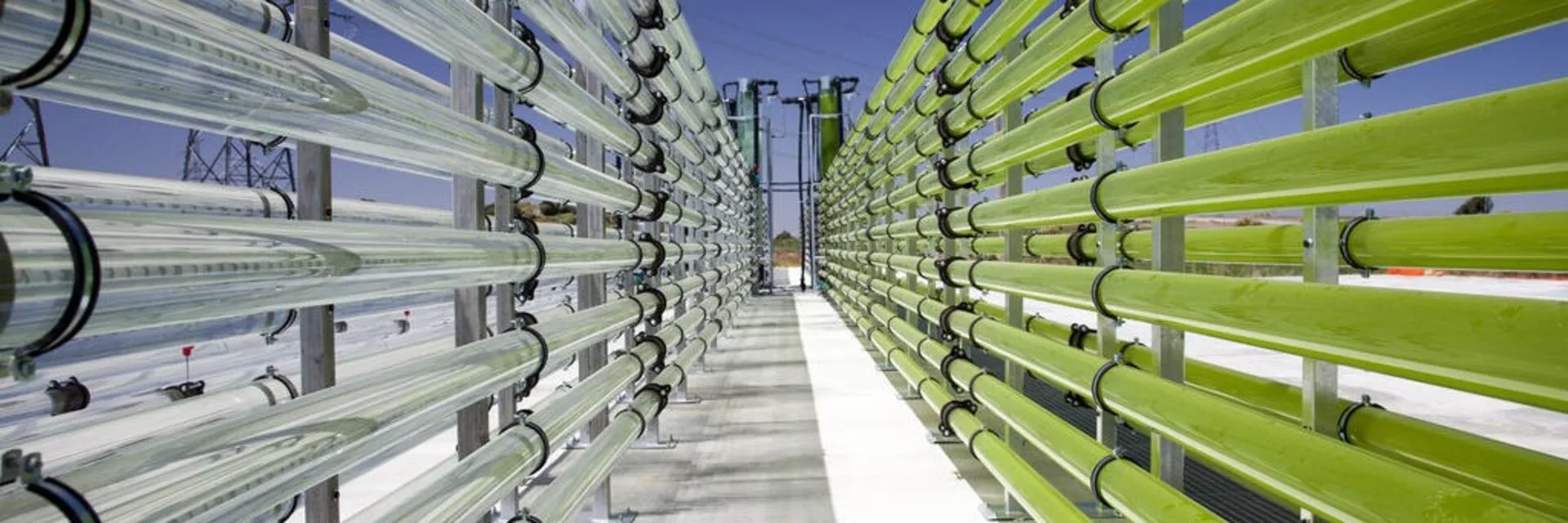
Carbon capture moves to fulfil its decarbonisation potential
An appropriate risk allocation across the CCS value chain can enable more projects to be project financed.
When it comes to the urgent task of preventing global warming, capturing carbon is essential.
That’s the consensus view from the International Energy Agency (IEA) and many governments, which agree that the technology is key for decarbonising heavy industry. Indeed, the IEA’s modelling anticipates that the technology can remove approximately 15% of emissions from the atmosphere.1
“When you think about carbon sequestration, it's really a way to reduce the CO2 footprint of energy intensive industry and in the case of direct air capture, create negative emission, which is a great benefit because you offset any excess CO2 emissions that cannot be abated by other processes,” explains Olivier Musset, Societe Generale’s Global Head of Energy. “This is why there is a strong belief globally by all observers that carbon capture is really something which has to play a key role into the energy transition.”
The momentum for carbon capture utilisation and storage (CCUS) is growing – with plans for more than 100 new facilities announced in 2021. Yet the pipeline of projects still falls short of the 1.7 billion tonnes of CO2 capture capacity needed by 2030 to put the world on track for the IEA’s Net Zero by 2050 scenario. The technology is sufficiently advanced. What has been lacking is the appropriate models for allocating risk across carbon capture’s value chains.
Importantly, though, that appears to be changing in a development that may accelerate the CCUS project pipeline. Innovation in risk allocation at two UK industrial clusters could establish a model for further commercialization and funding of CCUS at scale.
Allocating risk across value chains
Carbon capture involves complex value chains. At the beginning of the value chain are the large-scale CO2 emitters, such as gas-fired power stations, cement manufacturers, steel foundries, chemical plants or hydrogen producers. The CO2 is then separated, captured, processed, compressed and transported by pipeline, ship, rail or truck to be used in a range of applications, or injected into deep geological formations, including depleted oil and gas reservoirs, that trap the gas for permanent storage.
The UK’s two industrial clusters have just such value chains. Taking the so-called Northeast cluster as an example, it includes two complementary organisations – Net-Zero Teeside and the Northern Endurance Partnership. While the former encompasses a new gas-fired power station with carbon capture facilities, the latter includes a pipeline and undersea storage for permanent geological storage of compressed CO2.in a sub-sea saline aquifer.
Key to the viability of these CCUS value chains is a risk allocation framework that the UK government has been developing for several years with support from Societe Generale and other stakeholders . To support Net-Zero Teeside, the UK government plans to use a contract-for-difference mechanism including an implicit protection from the risk of the pipeline and storage facilities not being available for an extended period. Turning to the Northern Endurance Partnership, a more regulated business model provides protection against the risk of the power station and other emitters not delivering CO2 as expected among other things .
“The idea of these business models is not to de-risk the projects completely but rather to create an appropriate risk allocation which enables the financing of all the pieces of the value chain with additional back-stopping of risks that cannot be adequately managed by the commercial / finance sector such as the extended failure to perform of pieces of the chain,” notes Allan Baker, Societe Generale’s Head of Power Advisory and & Project Finance.
Appetite for financing
Governments worldwide are now putting carbon capture at core of their plans for transition to zero carbon economies, backed by supportive policy landscapes. The US, Norwegian, Dutch and UK governments, for instance, have introduced a range of incentives for CCUS projects including tax credits, consumer levies and direct public funding. That has given banks an appetite for providing finance, says Allan Baker, who is leading Societe Generale’s work as financial advisor for a number CCUS projects and supported negotiations with the government on the underlying business models.
“These are very large-scale opportunities,” he says. “We're not talking about small prototype plants here. These are projects with capex of several billion dollars each. That attracts the attention of the finance community when they can see a pipeline of very large projects with a lot of political support coming from government policy and a potentially global business opportunity.”
Indeed, Societe Generale and the wider financial community have an important role to play in accelerating CCUS. Working across the industries involved, Societe Generale has already helped to model risk transfer in the emerging value chain and support development of government policy.
With the financing of risk catching up with CCUS technology, it’s likely that governments and companies in Asia, Europe and the US will step up the development of new projects. While carbon capture has mainly been used in oil and gas until now, the risk allocation models now being developed and proven should increase its use across industrial sectors.
“We focused on carbon capture as having potential a long time ago,” says Olivier Musset. “It just took longer than we expected to reach the position it is now.”
1IEA Sustainable Development Scenario. The role of CCUS in net-zero pathways. www.iea.org/reports/about-ccus.




